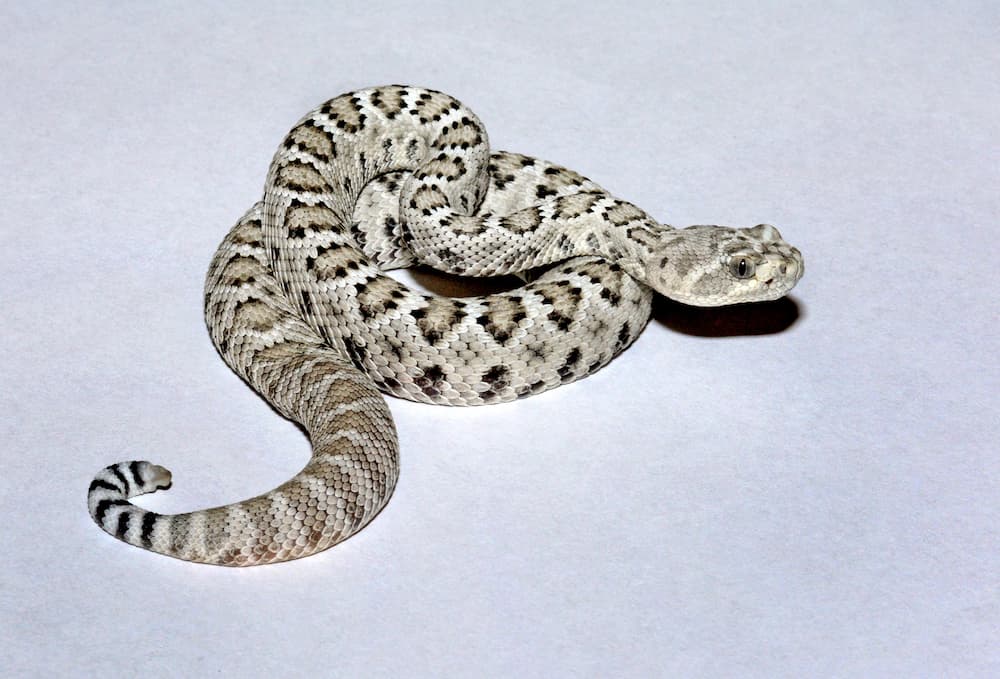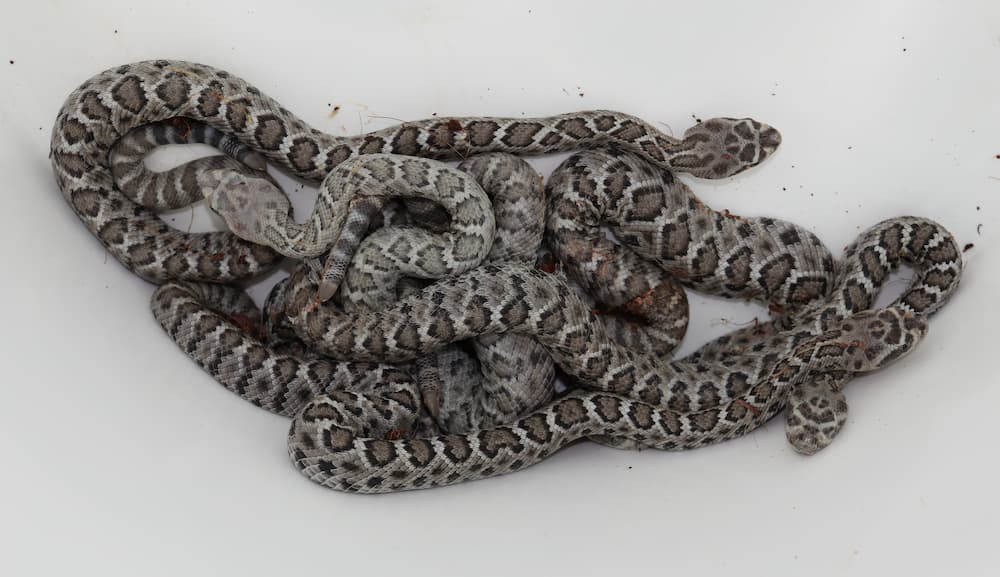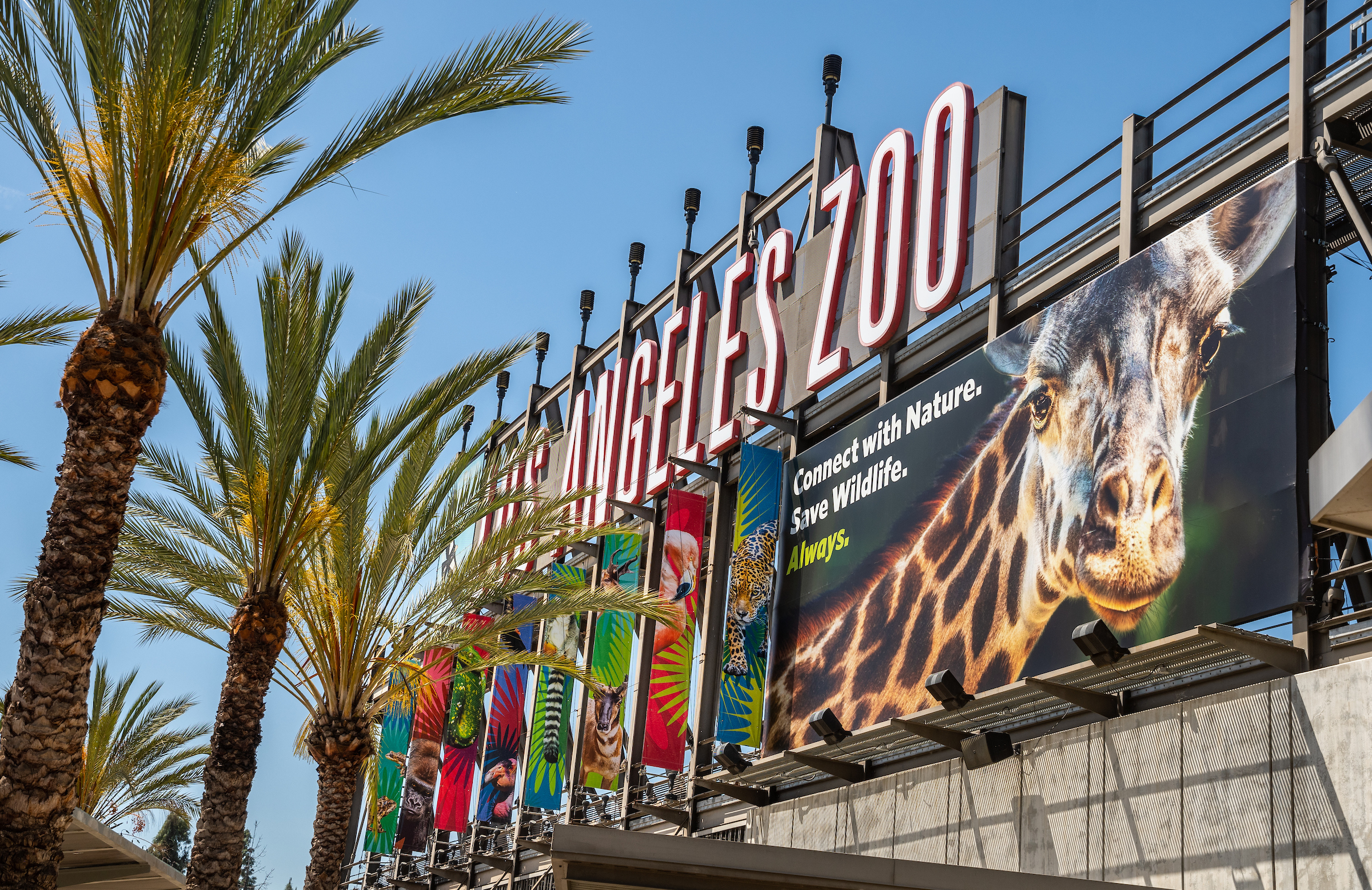
The Zoo is proud to announce the birth of six Santa Catalina Island rattlesnakes. Curator of Reptiles, Amphibians, and Fish Ian Recchio calls this a “significant” moment for the Species Survival Plan (SSP) of this snake.
“This is an important breeding for the SSP,” he says, because the species is listed as critically endangered by the IUCN, due to the small size of its native habitat, Santa Catalina Island off the Baja California peninsula. The introduction of non-native species to the island has increased threats to the snake, and the lack of small prey due to extreme drought conditions has caused food sources to dwindle.
These snakes are unique in that they are rattlesnakes, despite not having functioning rattles. It is thought that the lack of rattles is an adaptation for stealth hunting on the island, where they search for mice and lizards in the brush. It is also thought that the need for a warning mechanism to scare away predators was not significant for the snake, as, prior to the introduction of feral cats to the island, there were very few animals that hunted them.
Since the 2007 beginning of the SSP, spearheaded in part by the L.A. Zoo, Santa Catalina Island rattlesnakes have multiplied in zoos, creating an assurance population for their wild counterparts. According to Recchio, when babies are born, venomous mothers need “as few distractions as possible,” so, even though the birth of these babies is exciting, few people are present to witness their arrival.
Luckily, Recchio snapped these photos of what he affectionately calls, “the danger noodles,” to share!



